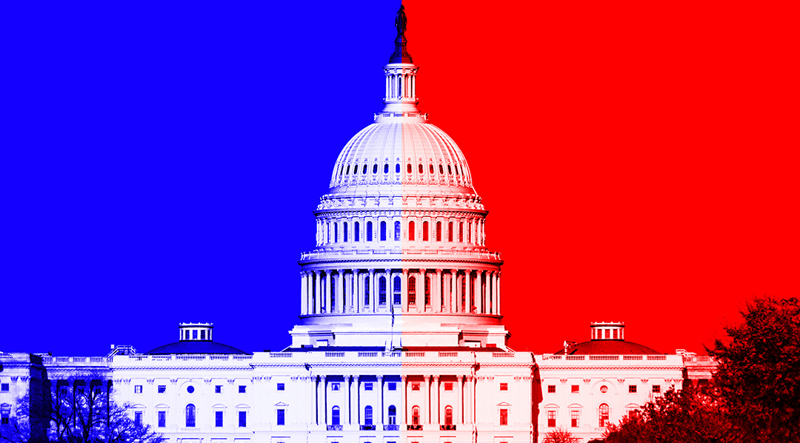In our era of a divided federal government, the threat of government shutdowns seems to occur at least once per year. When a shutdown occurs, federal agencies identify "non-essential" operations and shut them down as they have no funding authority to support them. This creates several issues for local governments, especially those that depend on federal grant funding for program operations.
In the event of a federal shutdown, local governments should consider the following contingencies to best prepare accordingly.
Ensure all eligible, allowable expenditures have been reimbursed
Most governments draw down their grant reimbursements monthly, often corresponding to their monthly financial statement closing process. However, the executed grant agreements generally do not preclude local governments from drawing down their reimbursements more frequently. When under a nearing threat of government shutdown, I recommend increasing the frequency of draw-downs to at least weekly. Once a draw-down request is submitted, follow up daily to validate its status.
Ensure timely submission of all other required reports
Virtually every grant agreement involves some form of reporting to the federal government, whether on a monthly or quarterly basis. Local governments should submit all required reports by the date of the federal shutdown. This will ensure reports are processed first once normal operations are restored. Most importantly, remember to submit any required reports throughout the federal shutdown period.
Identify other funding sources
Even if a program is predominantly funded with federal dollars, there may be other sources of funds from which local governments can draw. For example, the state government may have a comparable funding source for local governments to utilize. Private foundations and nonprofits may also have grant programs to take advantage of. Additionally, local governments can explore taking monies on their line of credit or letters of credit. As a final option, and only in the case of an extended federal shutdown, local governments can issue a revenue anticipation note secured by the future grant reimbursement. Any of these options will provide local governments with needed liquidity when the federal government is shut down.
Identify "non-essential" operations
The brutal reality of federal shutdowns is that local governments may be unable to continue performing certain operations without the funds to pay for them. As a result, decision makers may have to curtail the hours that certain government functions operate, or opt to close them altogether. Develop a contingency plan well before any federal shutdown occurs. This plan should prioritize spending available funds on essential services and curtail or eliminate spending on nonessential ones. Remember to notify the community well before non-essential services are curtailed or eliminated, so members have ample time to adjust.
Federal shutdowns are indeed a challenge, necessitating frequent planning as the threat becomes more commonplace. Fortunately, sufficient upfront planning and execution of contingency plans can help local governments weather the storm.
Written by Jack Reagan. Originally published by Accounting Today.
By submitting this form, you agree to be contacted by UHY.



